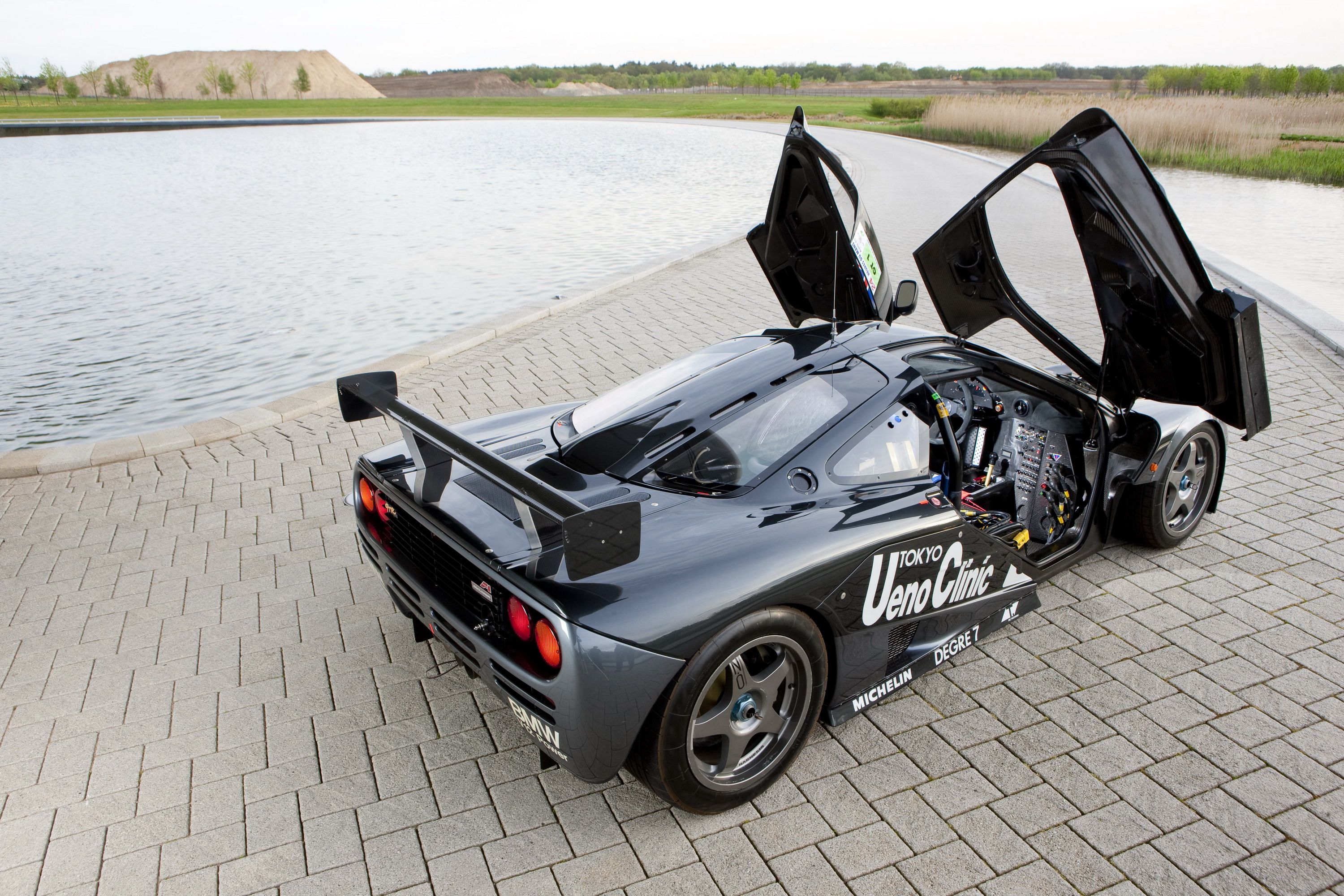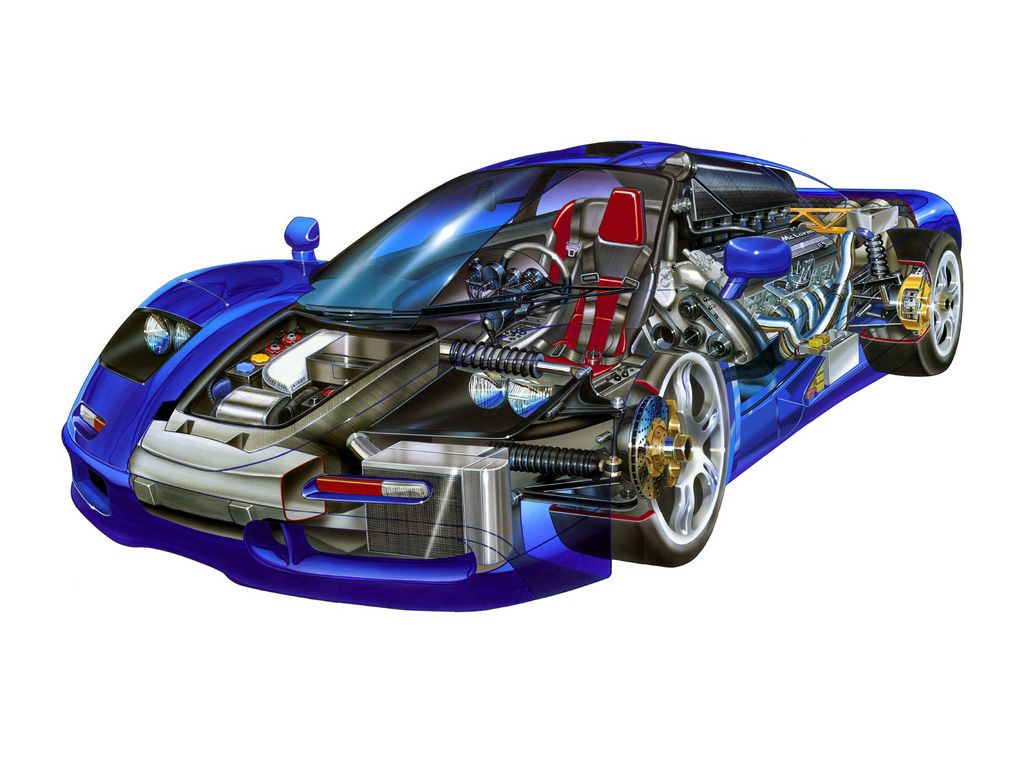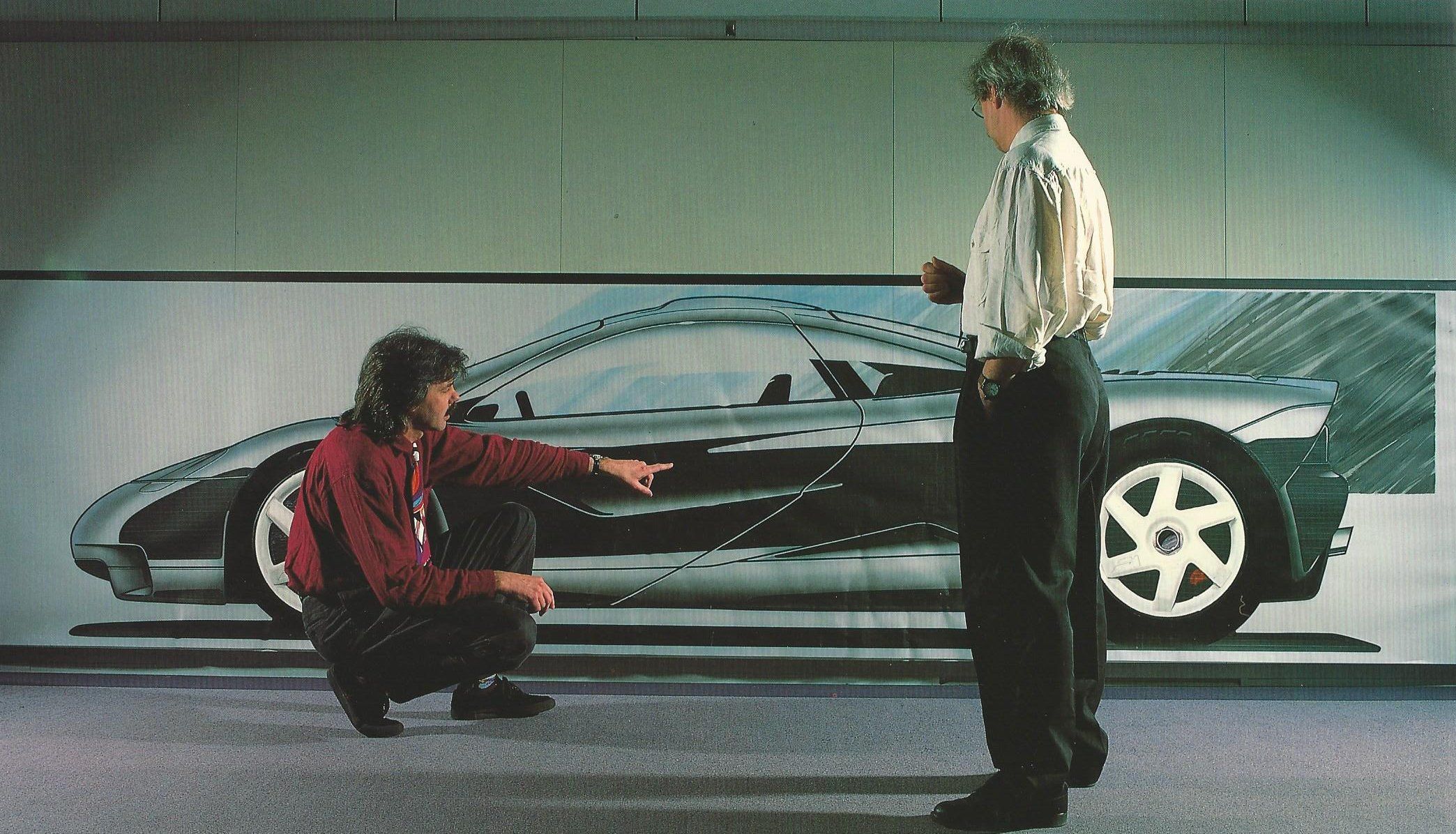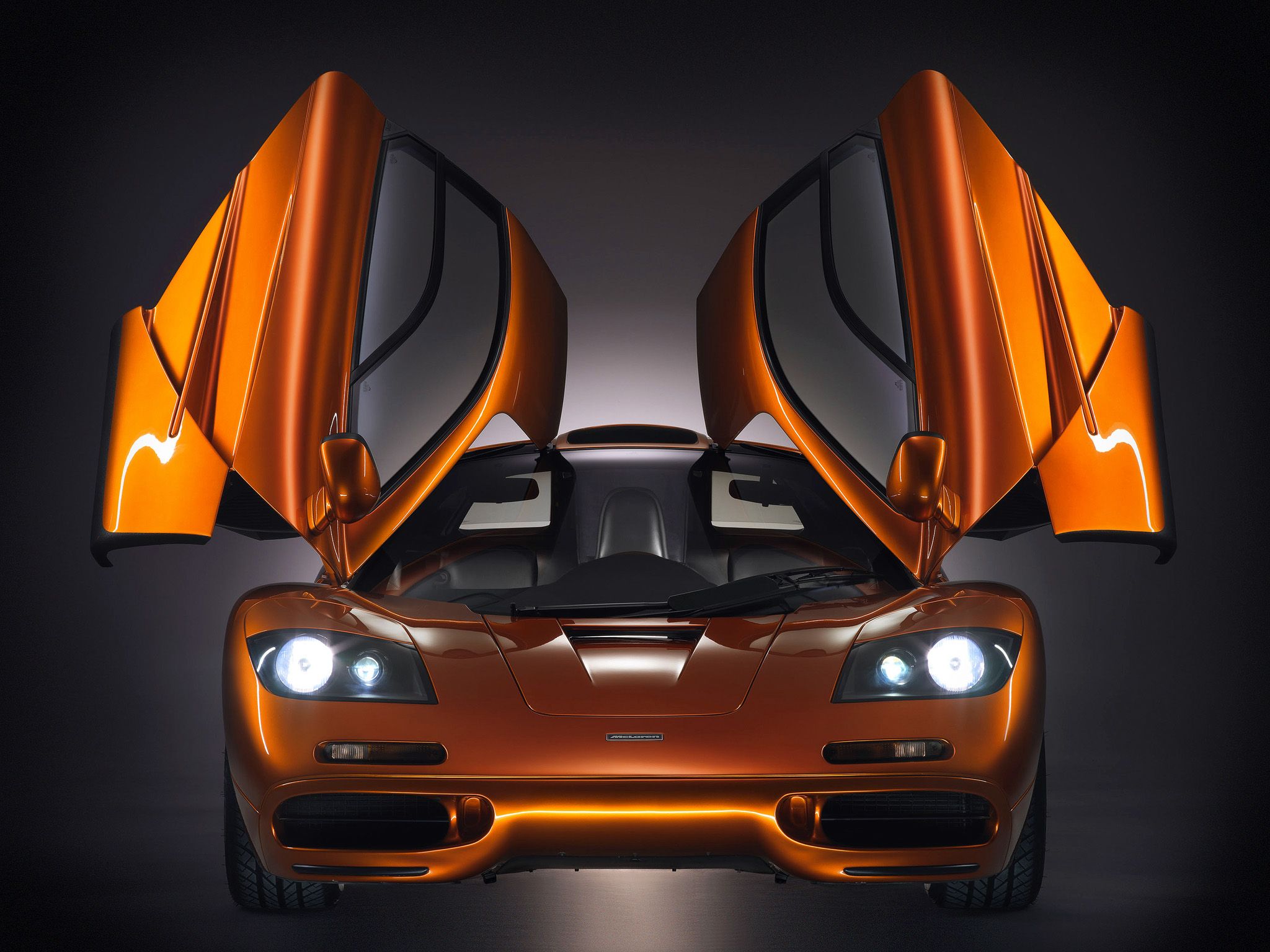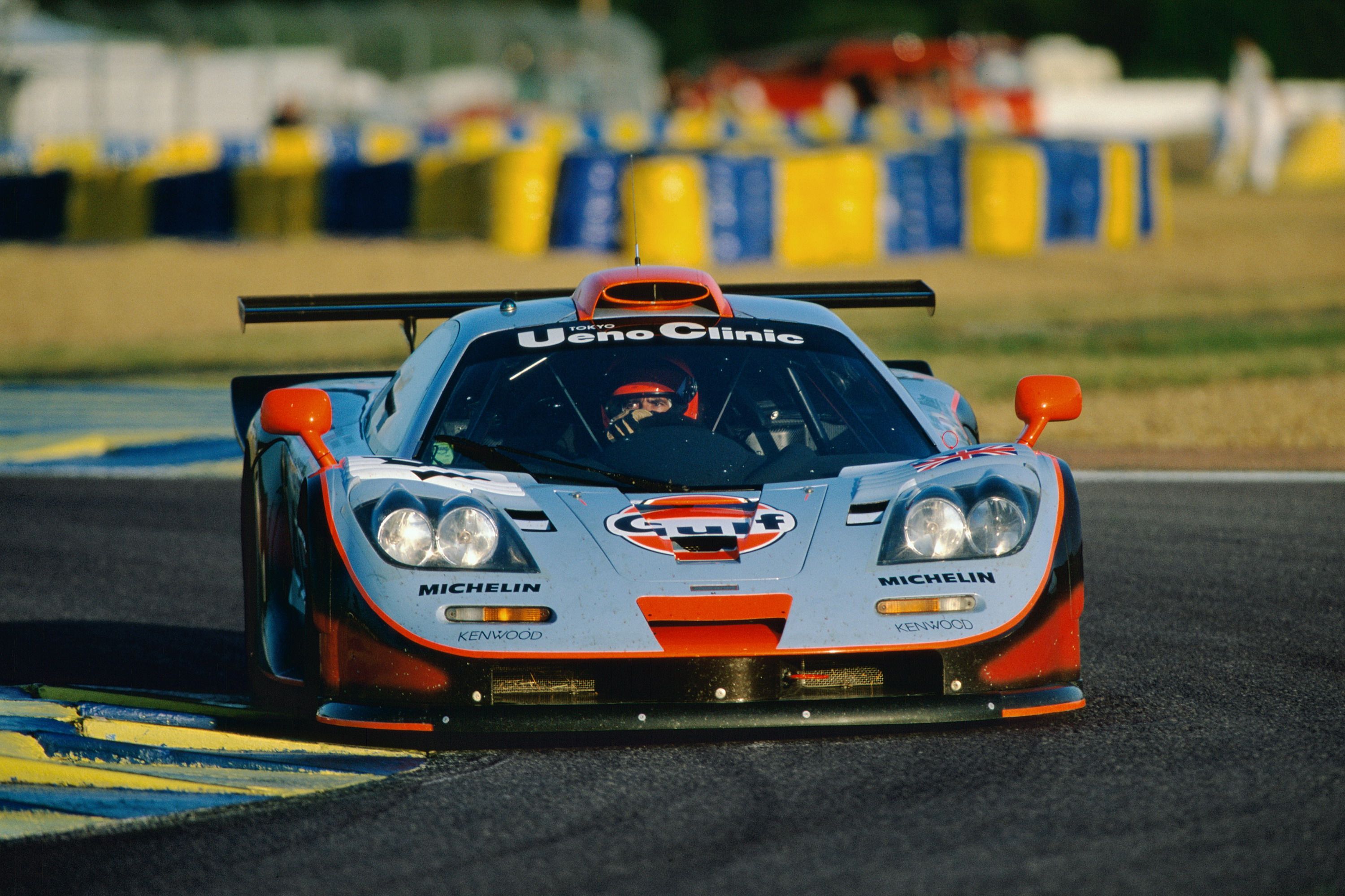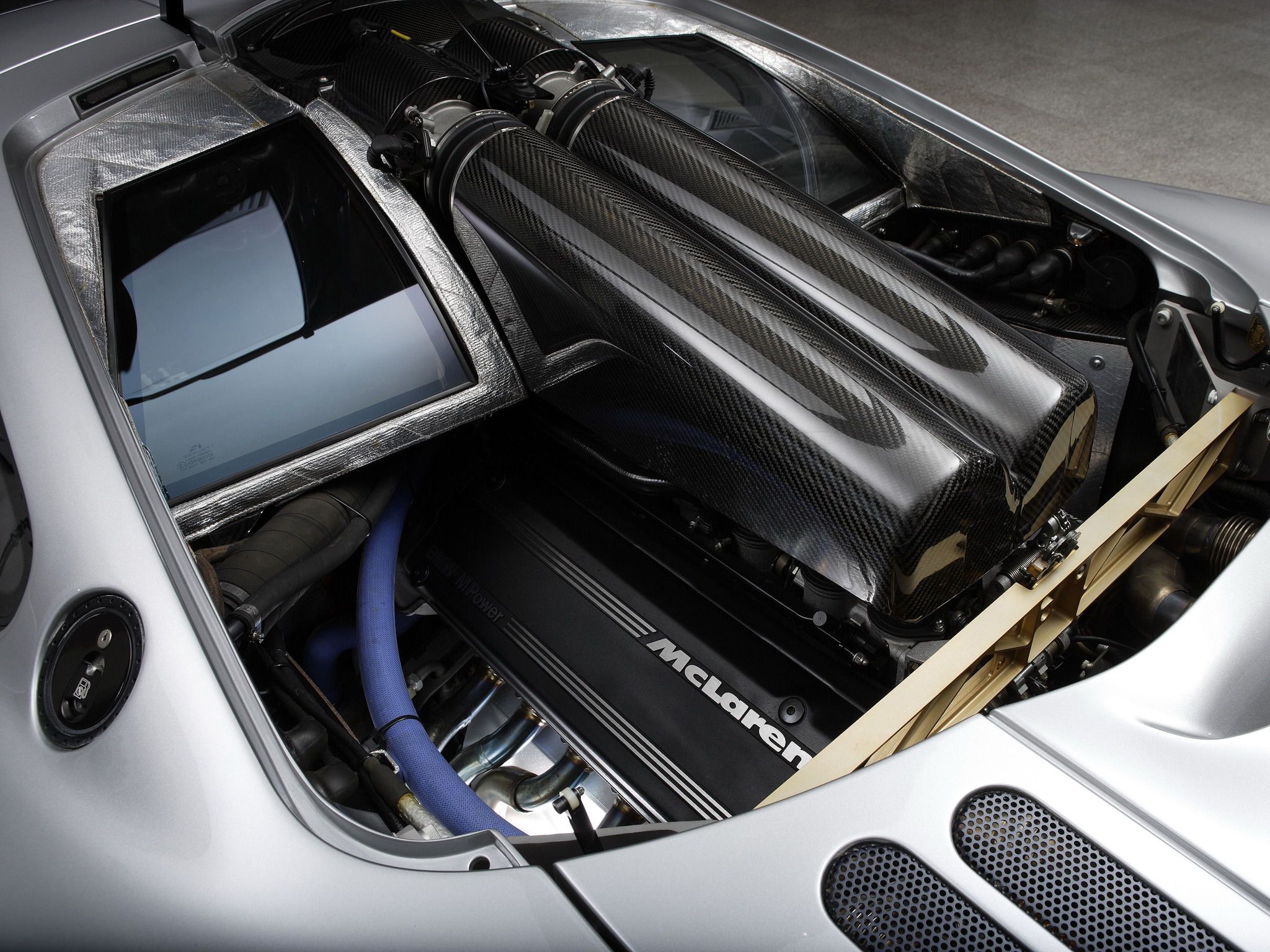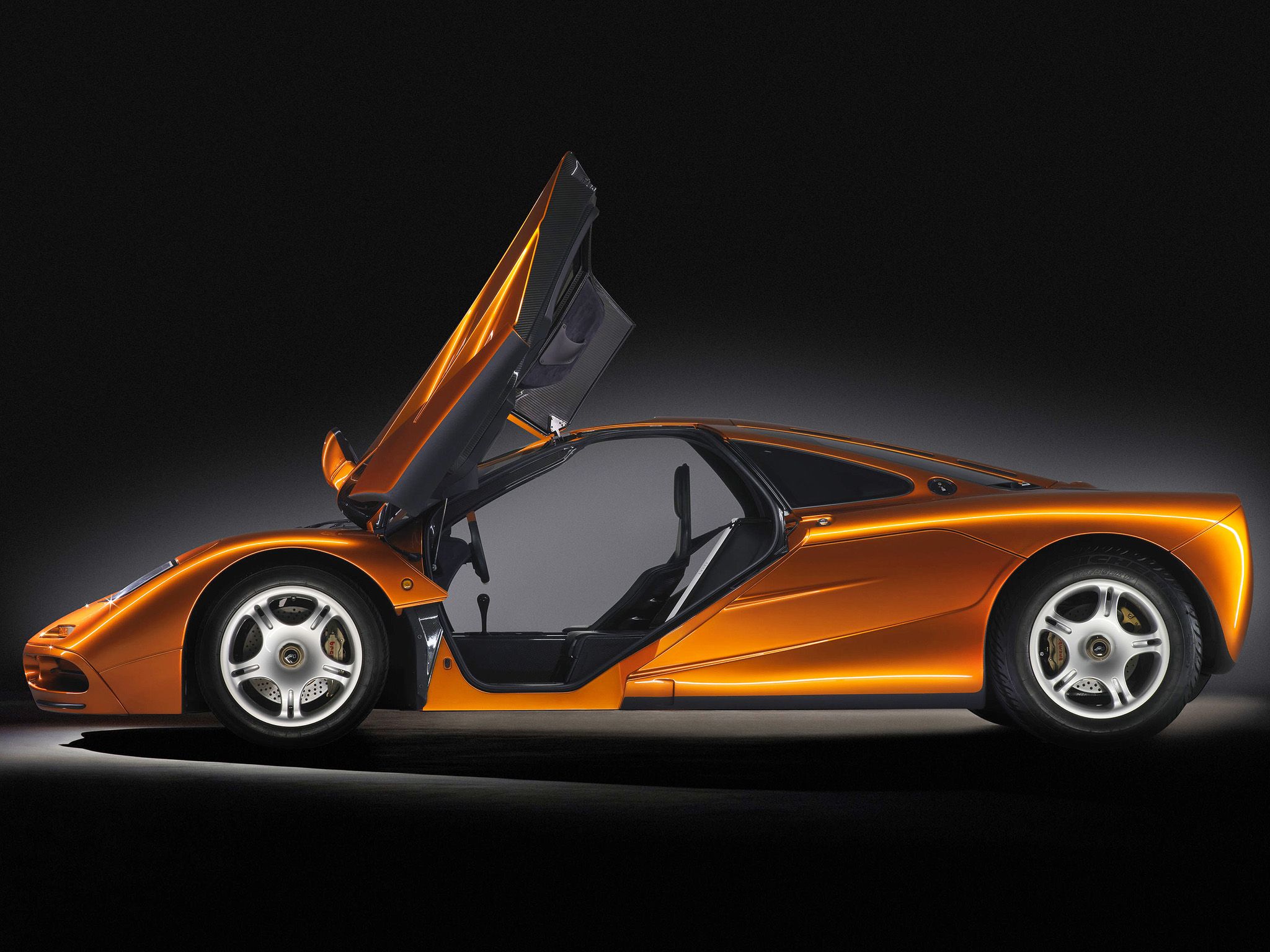It's been nearly five decades since the Lamborghini Miura->ke378 started the mid-engined supercar->ke177 craze, and this exclusive automotive niche has evolved beyond the wildest dreams. All motors have been replaced by turbocharged engines, standard transmissions gave way to Formula One-based->ke190 units, and aerodynamics reached a point where very few improvements can still be made.
More recently, carmakers turned to electrification to improve performance and reduce fuel consumption and emissions. Technology continues to set new standards with each year, while luxury features have become mandatory for success. In all, there's a huge gap between the 1966 Lamborghini Miura and the 2014 Ferrari LaFerrari, one that was hard to predict a few decades ago.
My goal here is not to list everything that changed, but, just to make a point, it's important to stress that top speed alone has increased dramatically. While supercars barely made it past 170 mph in the late 1960s, blasting past 200 mph has become the norm today. Some supercars, such as the Bugatti Veyron,->ke1112 have set world records beyond 240 mph.
But how important are these numbers beyond statistics? It really depends on what tickles your fancy. To some, the Bugatti Veyron is the ultimate supercar due to its incredible top speed, luxurious interior and the endless customization options offered for it. Others turn to the LaFerrari->ke4626 to get their supercar fix, simply because all that speed comes with a spaceship-like design and a Prancing Horse on the nose.
I, on the other hand, like my supercars old-fashioned. And by that I mean I need them to be more that just a statement of speed and luxury. Originally, supercars were meant to fulfill the dream of being able to drive a race car on the street. Or, better said, to be able to drive it to the track, change a few settings, and fight for glory.
In an era when only enthusiasts such as Jim Glickenhaus build supercars that can do just that, it's safe to say those days are long gone. However, some supercars from the past are still here to entertain gearheads like me. The McLaren F1->ke1159 is one of them, the kind of supercar I would prefer to any modern hypercar.
Why? Glad you asked! Keep reading to find out what makes the McLaren F1 the world's coolest supercar more than two decades since its official introduction.
Continue reading to learn more about the McLaren F1.
Pioneering Technology and Solutions
Innovation has always been the norm in the world of supercars, but McLaren->ke284 took things up a notch with the F1. It was the first production car to use a carbon-fiber monocoque chassis. It was also the first production car to bring high-tech and expensive materials such as titanium, magnesium, Kevlar, and gold under the same roof.
Smart aerodynamics gave the F1 a drag coefficient of only 0.32. For reference, the Bugatti Veyron and the SSC Ultimate Aero,->ke1115 both boasting higher top speeds than the F1, have drag coefficients of 0.36 and 0.35, respectively. The F1 is also noted for its lack of wings to produce downforce. These were replaced by out-of-the-box, ground effect solutions such as a unique underbody design, Kevlar electric fans used to further decrease the pressure under the car, and a roof-mounted air intake that directed high pressure air to the engine with a low pressure exit point at the top of the rear fascia.
The F1 did receive a small dynamic spoiler for its tail, but this was used to balance the center of gravity of the car under braking. The spoiler, which increases the car's drag coefficient from 0.32 to 0.39, is activated at speeds above 40 mph by brake line pressure.
Various innovative solutions primarily aimed at saving as much weight as possible were applied in the cabin as well. Because the F1 included an air conditioning (a rare feature on most supercars back in the day), and many other comfort creatures, McLaren had to shed weight in other areas. The metal plates used to enhance the cockpit's design, for instance, were only 0.02 inch thick, while the seats were handmade from carbon-fiber-reinforced plastic (CFRP) and wrapped in light Connolly leather. McLaren also commissioned Kenwood to create a lightweight car audio system for the F1. Yep, it seems lightweight and audio system can make sense in the same sentence.
Lightness aside, McLaren also tackled one of the biggest issues with supercars: the lack of luggage room. Instead of sacrificing aerodynamics or lightness for a bigger trunk at the front, the Brits went with a never-before-seen solution and implemented side luggage compartments in each rear fender, right behind the doors. Access was made via panels hinged to the side skirts. These came with luggage bags specifically designed to fit the carpeted storage compartments, including a tailored golf bag.
Lastly, the F1 featured a three-seat configuration with the driver's seat placed in the middle. This solution offered the driver a Formula One-like position and made the F1 the first supercar to seat three people instead of only two. This feature is basically impossible to use nowadays due to safety restrictions and likely a complicated airbag system, which continues to keep the F1 unique in this regard.
Gordon Murray
Appointed as head of McLaren cars in 1991, Gordon Murray played a key role in the design of the F1. In fact, we basically owe everything to Murray, who envisioned the concept long before he convinced Ron Dennis to build the supercar.
Born in Durban, South Africa to Scottish parents, Murray began his motorsport->ke447 career in 1967 by racing his own car in the South African National Class. He was only 21 years old. In 1969, he moved to England hoping to find a job at Lotus,->ke49 one of the most innovative teams of the era. Instead, he was offered a job at Brabham, where he was appointed chief designer when Bernie Ecclestone took over the team. Murray quickly became famous for his innovative designs by creating the unconventional BT45B "fan car" and the World Championship-winning BT49 and BT52. Between 1973 and 1985, Murray’s Brabhams scored 22 Formula One wins, finished second in the Constructor's Championship in 1975 and 1981, and won two Driver's Championships in 1981 and 1983.
In 1987, Murray left Brabham to join McLaren, but his new position as technical director meant he played only a small part in the design team. However, he had certain contributions to the iconic McLaren MP4/4, as well as the MP4/5 and MP4/5B, which defined McLaren's most successful era in Formula One. It was here where he began sketching the F1 as a three-seat supercar and as "the ultimate road car."
A couple of years later, Murray convinced Ron Dennis to back the project and insisted that the engine for the F1 be naturally aspirated for increased reliability and driver control. Murray initially went to Honda->ke34 for a V-12 engine derived from the Formula One unit that powered the then-dominating McLaren-Honda cars, but the Japanese refused his proposal. He later persuaded BMW->ke178 Motorsport to build him a 6.1-liter V-12 based on the M70 engine motivating the 7 Series->ke323 and 8 Series.->ke2106
Murray's genius became once again evident when McLaren realized that the carbon-fiber body panels and monocoque required significant heat insulation in the engine compartment. He decided to line the engine bay with gold foil, a highly efficient heat reflector. He also researched using carbon brakes for the F1, but he gave up on the idea as he found the technology was not mature enough at the time. But three years later, he fitted the F1 GTR with carbon-ceramic brakes.
The interior of the car was a result of Murray's innovative ideas, but also his personal taste. Although he designed the F1 with an air conditioning system, an idea he later credited to the Honda NSX, he voted against a radio simply because he never listened to the radio.
Impressed with the Honda NSX's ride quality and handling (he drove it at the time when Ayrton Senna was helping Honda develop the sports car), Murray used it as a benchmark for the F1 instead of the more exotic supercars he had originally selected. "The moment I drove the Honda NSX,->ke2673 all the benchmark cars -- Ferrari,->ke252 Porsche,->ke1 Lamborghini->ke44 -- I had been using as references in the development of my car vanished from my mind. Of course the car we would create, the McLaren F1, needed to be faster than the NSX, but the NSX's ride quality and handling would become our new design target," he said.
As it turned out, the F1 wasn't only faster and more nimble than the Honda NSX, but better than any other supercar on the market at the time.
World's Fastest Production Car for 12 Years
Carmakers have been fighting for this title ever since the automobile was invented. Production vehicles began reaching top speed of more than 100 mph in the 1940s, while 1954 saw the record blow past 150 mph. Top speed benchmarks had improved on a regular basis until the 1990s, but usual gaps stood at less than 10 mph. That changed dramatically in 1993, when the F1 improved the previous record, set by the Jaguar XJ220 in 1992, by nearly 28 mph.
Tested on the Nardo track in Germany, the F1 reached 231 mph with the rev limiter on and 240.1 mph without it. It was the first time a production car had hit such tremendous speeds. Moreover, McLaren's record stood for no fewer than 12 years, until the Bugatti Veyron 16.4 improved it to 253.8 in 2005. And although the Veyron Super Sport updated the benchmark once again in 2010 at 267.8 mph, and both Shelby Supercars (SSC)->ke1114 and Koenigsegg->ke43 came up with vehicles that were faster than the F1, the McLaren is still the world's fastest naturally aspirated production car.
I know it's 2015 and turbocharging is the new black, but that's one heck of record.
Just think about it: the F1 had a "puny" 6.1-liter V-12, while the Veyron needed an 8.0-liter W-16 with four (!!!) turbochargers attached to it. That's a lot of displacement and turbo for some extra 15 mph.
Of course, curb weight played a key role here, but I'll be discussing more about that later.
It Spawned a Successful Race Car
The 1990s was a great era for supercars. When the F1 arrived in 1992, the world already had the Ferrari F40,->ke434 Lamborghini Diablo,->ke376 Jaguar XJ220, Bugatti EB110,->ke1109 and the Vector W8.->ke1287 However, many of these cars never made it onto the race track. While the F40 was raced with some success in North America, the EB110 retired in its only attempt at Le Mans.->ke1591 Meanwhile, the Diablo had its own racing series, which, let's face it, meant nothing in the big picture. In short, none of them made a big impact on both the street and the track.
But the McLaren F1 would break that pattern.
Although it was developed as "The ultimate road car," the F1 used many racing technologies and designs. However, Gordon Murray never intended to turn it into a race car. That changed in 1995, when some teams running in the top GT1 class of the BPR Global GT Series saw racing potential in the McLaren and asked the factory to build racing versions of the car. Murray agreed.
As many of you racing enthusiasts already know, the result was the F1 GTR, which went on to win the 24 Hours of Le Mans in 1995, beating faster, purpose-built prototypes. The result was that much more spectacular with four of the top five cars at the finish line being F1s. The GTR remained competitive in the series until 1998 and continued to race internationally until 2005. In all, it won 39 races and scored 64 podiums.
Now some of you might say that this isn't such a big deal, that anyone can build a successful race car with the right budget. Well, you'd be wrong, as the F1 GTR was anything but a purpose-built racer. Because McLaren had already made use of racing and innovative technology for the road car (again, it was developed as a road car only), the F1 required very few modifications to become the GTR. Added cooling ducts, the rear wing, a stripped cabin, and an air restrictor for the engine were pretty much the only major updates it received. Sure, McLaren later developed a long-tail version with extensive modifications for higher top speeds, but the original GTR was a mere road car with a racing livery compared to its competitors.
That's not just an awesome fact, it also shows that McLaren put a lot of passion in the F1's design, giving it that perfect "road-to-track" balance we no longer find in modern supercars.
Unlike the Veyron, which Bugatti built specifically for the Guinness World Record->ke1948 for fastest production car and as a statement of the ultimate luxury supercar, the F1 achieved track success thanks to innovative and smart engineering, and the tremendous skills of those who designed and built it.
Tell me now, how many Veyrons, LaFerraris, Koenigseggs or 918 Spyders->ke3629 have you seen taking part in an FIA-sanctioned event?
Still Lighter Than Most Modern-Day Supercars
I have many rants with today's sports cars->ke506 and supercars, but none bothers me more than the fact that "lightweight" doesn't mean what it used to. All vehicles have become increasingly heavier and supercars are no exception. I'm well aware this is due to the immense amount of technology and driving nannies that go into the modern-day hypercar, but it seems to me that this "evolution" kind of defeats the purpose of the supercar. They're way too much about electronics and luxury, rather than offering that magnificent experience only a race car->ke148 can.
The McLaren F1 is the perfect vehicle to underline that progress isn't exactly what I hoped for. More so since the F1 was significantly different than Colin Chapman's "simplify then add lightness" philosophy. The F1 was no Lotus Elan.->ke3683 It had an impressive number of creature comforts, plenty of safety features, and the usability of a road car. Yet it tipped the scales at around 2,500 pounds fully loaded.
The Bugatti Veyron, on the other hand, or the supercar often regarded as the one that killed the F1, weighs more than 4,100 pounds. That's 1,600 extra pounds in an "innovative" vehicle that was launched 13 years later. It doesn't have any racing skills whatsoever; it's just a heavy dragster with a potato-shaped shell and a focus on luxury.
But I'll admit that the Veyron is in a league of its own and that Bugatti->ke16 never wanted to build a supercar in the classic sense.
Then there's the LaFerrari, a car developed on decades of racing heritage and experience. Curb weight? 3,150 pounds! It's heavier than the Enzo,->ke389 which in turn is heavier than the F50.->ke429 And yes, you guessed it, the F50 was also heavier than the F1. The F40, on the other hand, was about 100 pounds lighter than the McLaren. Evolution, get it?
Did I hear anyone say Porsche 918? Well, sorry to disappoint, but this German machine is more than 1,000 pounds fatter, even when fitted with the Weissach package. Don't bother searching for numbers, not a single mainstream supercar built as of 2015 weighs less than 3,000 pounds. Not even the F1's spiritual successor, the P1.
Now before you tar and feather me for mopping the floor with the market's most revered supercars, allow me to remind you that there's a genius that goes by the name Jim Glickenhaus who built SCG 003. It tips the scales at only 2,600 pounds, pretty much like a McLaren F1, and it can be converted from a road car into a racing machine with a few hand tools, a little simpler than what Murray did to make the F1 into a GTR. So yeah, it's still possible to create a McLaren F1 in the 21st century. And yes, I'll go on and say it: most modern supercars are just appliances that run really fast.
Already a Multi-Million-Dollar Classic
It's no longer surprising to see classic Ferraris from the 1960s sell for millions of dollars at auctions,->ke2845 but it's not exactly common for cars built in the 1990s to change owners for seven-figure sums. Unless we're talking about the McLaren F1.
Yup, although McLaren's first supercar isn't even three decades old (and technically not a classic), buying one will dig a massive whole into one's bank account. Specifically, since 2008, at least three F1s have been hammered for more than $3 million.
An $8.5-million record was set in 2013 by a 1997 model-year car, only to be broken in 2014 by an example previously owned by former IndyCar champion Michael Andretti. Although not sold at an auction, chassis No. 28 was privately traded for about $10.5 million. Then there's Rowan Atkinson, also known as "Mr. Bean," who wants $12 million to part with his beloved F1.
Of course, with only 64 standard street versions built, the F1 is quite the rare gem, but these figures are downright spectacular for a vehicle launched in the early 1990s. F1s are more expensive than most Ferraris built in the 1980s, and that's something no other vehicle can brag about. And I haven't even mentioned the LM or race-spec GTR models, which are rarer and a lot more valuable than the standard F1.
This figures alone are more proof that the McLaren F1 is still the world's coolest supercar. It's not just me who's saying it, but the many gearheads out there who still worship it!

